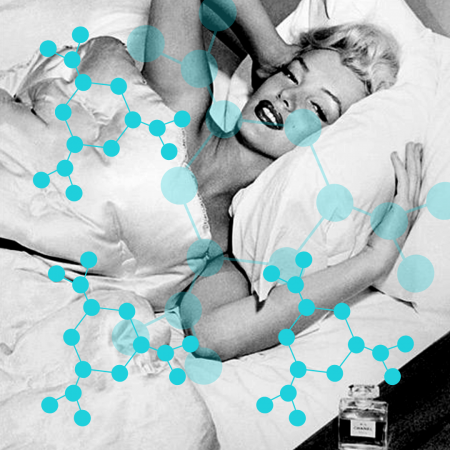
Digital effects by dana
Ask any smell-seeker about aldehydes, and they’ll never bat an eye: champagne + Chanel No.5 is the first fragrance to use them + Marilyn Monroe sleeping naked. Ask a parfumista, and the response is slightly less VIP-ish, but equally hard to grasp: waxy/soapy/flowery/spicy stuff made in a lab out of alcohol, and used in perfumery. The answer is somewhere in-between: neither is Chanel No.5 the first to use aldehydes, nor are aldehydes staying the same- so maybe it’s time for some nerdy debunkin’.
Legend has it that back in 1921, Ernest Beaux had no intention of using that many aldehydes in Chanel 5. He was, in fact, going for the more demure effects achieved earlier on by the other launches who put aldehydes on the perfumery map: L.T. Piver’s Rêve D’Or (1889), Guerlain Après L’Ondée (1906) and Houbigant Quelques Fleurs (1912). Luckily for Beaux, one of his assistants overdosed the 5th formula with close to 1% aldehydes, and the rest made for (albeit crooked, and incomplete) history.
Today, aldehydes are ubiquitous- relatively easy to extract, isolate, or produce, they provide a simple, fast, cost-effective, and stable building block and can be found, in one form or another, in all fragrances. Why is that, you ask?

Simply put, even when they don’t smell good on their own, they always “lift” things up: scents become alive, softer, and filled with “air”; more specifically, fresh aromas get fresher, sweet smells become lighter, and flowery smells get airy and diaphanous with the addition of aldehydes. The name aldehyde, comes from condensing the Latin phrase alcohol dehydrogenatus (dehydrated alcohol, which speaks to how they’re obtained), and was consecrated by German biochemist Justus von Liebig (also godfather of fertilizers and the bouillon cube).
Aldehydes are thus organic compounds, built—like most life-supporting molecules—out of a basic Carbon molecule tied tightly (think plug-in socket, 2-prongs) with Oxygen and loosely (1 prong) with 2 other things, one of which has to be Hydrogen. (If Hydrogen is not present in either of the 2 spare connections, the compound is called a ketone; most of ketones are also fragrant and some (like muscone) are heavily and successfully used in perfumery).
Intersectional classifications, if one’s mad enough to attempt it, can be tricky. Some, like Chandler Burr (in The Emperor of Scent: A True Story of Perfume and Obsession), reckon that even-Carbons aldehydes smell like fruity-floral, while the odd numbers smell like smoky candles and woods. Others qualify the big classes without regards to any chemical characterization: for them, aldehydes split into fresh-florals (evoking a fresh laundry-like flowery scent, such as jasmine, rose, iris or lily of the valley), green (sharper, with grassy/outdoors overtones), and aromatic (spicy, vanilic, herby).
Here’s my humble, forever-in-progress, try.
For starters, let’s look at how aldehydes are formed- remember the group of Carbon + Oxygen + Hydrogen + something else? These groups built around Carbon can tie together like rings in a (molecular) chain- and depending on how many rings the chain has, there are “skinny” aldehydes (up to 6 or so Carbon bubbles, making for a lighter molecular mass), and “fatty” aldehydes (7-13 Carbons, making for heavier molecules).
The skinnies, simply put, smell bad (think sharp, stinky, vaporic-rub kind of projections). Formaldehyde, named after the Latin for ant, formica, is the simplest of all. With only one Carbon, it smells the mighty worst- in fact, ever since its lab isolation back in 1859, it’s been continuously used for either ghastly stuff (embalming, insecticide, etc.) or fabricating practical commodities (bakelite, polyurethanes, etc.). All-in-all, about 6M tons are produced each year.
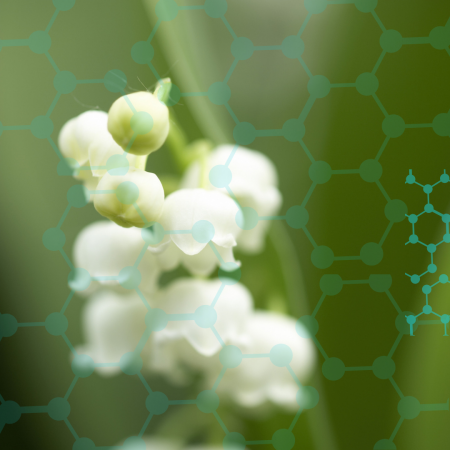
Even with the pungency, some skinnies are still used in perfumery for the “air” they imprint when mixed with a very careful hand:
Acetaldehyde (also known as Elintaal: ethereal, airy, windy; sometimes used to build lily-of-the-valley accords)
cis-3-Hexenal (green tomatoes)
Furfural (burnt oats, flour, slightly woody)
Hexanal (green, grassy)
hexyl-Cinammal (ocurring in chamomile, smelling of jasmine)
Methylbuthyraldehyde– musty, rummy, nutty, with cereal notes
The fatties, pretty and comforting, can be found either in natural odoriferous ingredients varying from citruses (citronella, orange peel) to flowery (rose oils, geraniol), spicy (cinnamon bark), sweet (vanillin), and green (cilantro, pine, etc.), or in happy laboratory events that produce what I like to call “mirrors”: materials that smell identical to a natural note, with or without being present in it.
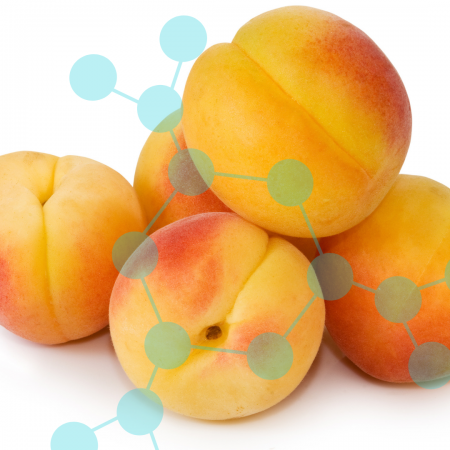
In practice and some perfumery taxonomies, the fatty aldehydes are often named using the Greek roots for the number of Carbons in their string. Here are some of the most popular:
7 Carbons = HEPTANAL: herbal, green, a bit creamy, naturally occurring in clary sage
8 Carbons = OCTANAL: citrusy, sweet, smelling of orange
9C = NONANAL: rosy, flowery, velvety
10C = DECANAL: citrusy, pungent, bitter-sweet, naturally occurring in orange rind
11C = UNDECANAL: fresh, clean-clothes smell, naturally occurring in cilantro
12C = DODECANAL: floral-powdery, used to compose violet and lilac accords
13C = citrusy-bitter, smelling of grapefruit
14C = fruity-sweet, smelling of peach skin, vanilla, nuts
16C = strawberry aroma
18C = coconut aroma
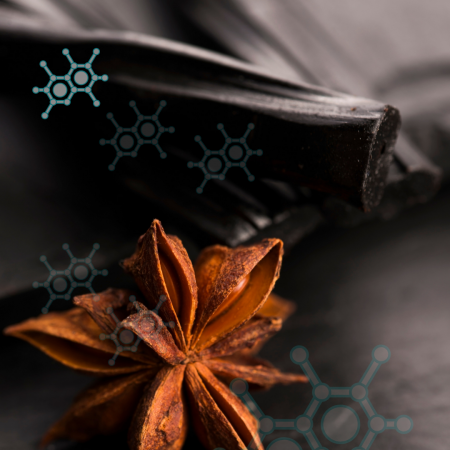
Some fatties, although not necessarily rich in Carbons, are heavy due to the fact that one of their spare “plugs” connects to a huge appendix (pre-built compounds like isomers, phenols, etc.). They are sometimes named by their formula, other times simply by their smell, and yet other times by their lab-practical, sometimes copyrighted titles, as follows in alphabetical order:
Anisic aldehyde – floral, sweet, reminiscent of hawthorn and a building block for licorice/anisic, lilac, hawthorne, and honeysuckle accords
Benzaldehyde: bitter almonds
Cinammaldehyde: naturally occurring in, and smelling of, cinnamon bark (makes up to 75% of the essential oil)
Citral– a more complex decanal (10Carbs), smelling of lemons
Cuminaldehyde– spicy, slightly green, cumin-like
Isovaleraldehyde: nutty, fruity, cocoa-like
Lyral© (produced by IFF): soft floral, reminiscent of lilies, cyclamen, and muguet
Pinoacetaldehyde© (produced by IFF): marine, salty
Triplal© (produced by IFF) or Cyclal C (produced by Givaudan): green, leafy, floral, grassy
Vanilin: naturally occurring in, and smelling of, vanilla
–dana sandu, Senior Contributor
All art is digital by dana sandu unless specified

Sr. Editor Robert Herrmann and Sultan Pasha photo (Amber Jobin)
This post is dedicated to Senior Editor Robert Herrmann who loves him some Aldehydes
With so many perfumes that contain aldehydes we wanted to pick just one and from an Indie perfumer we respect very much.
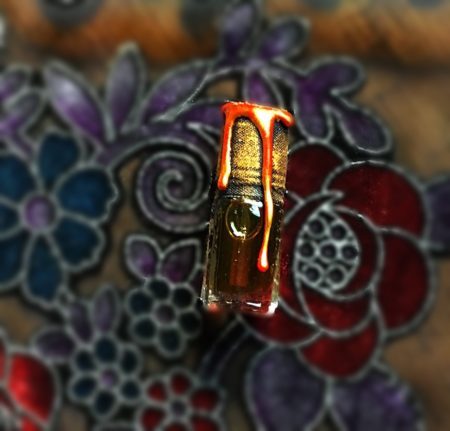
Photo by Robert H.
Thanks to Sultan Pasha Attarswe have 3ml (£ 300) bottle of Moonlight Reverie.
To be eligible please leave a comment with what you learned about Aldehydes in Perfumery from dana sandu and where you live. The draw is for registered readers only, so be sure to register if you have not done so. Draw closes 8/16/ 2019
Follow us @cafleurebon @a_nose_knows and @sultanpasha78
We announce the winners only on site and on our Facebook page, so Like ÇaFleureBon and use our Blog feed…or your dream prize will be just spilled perfume
This is our Privacy and Draw Rules Policy
